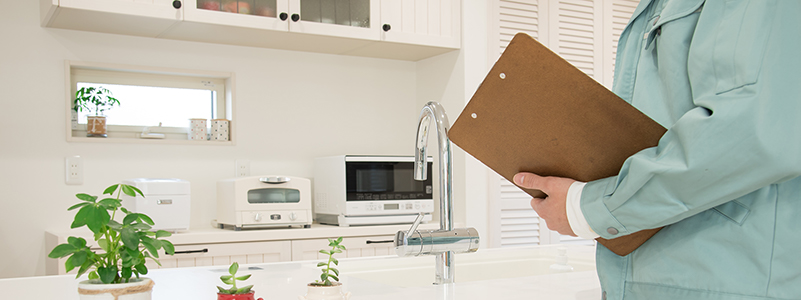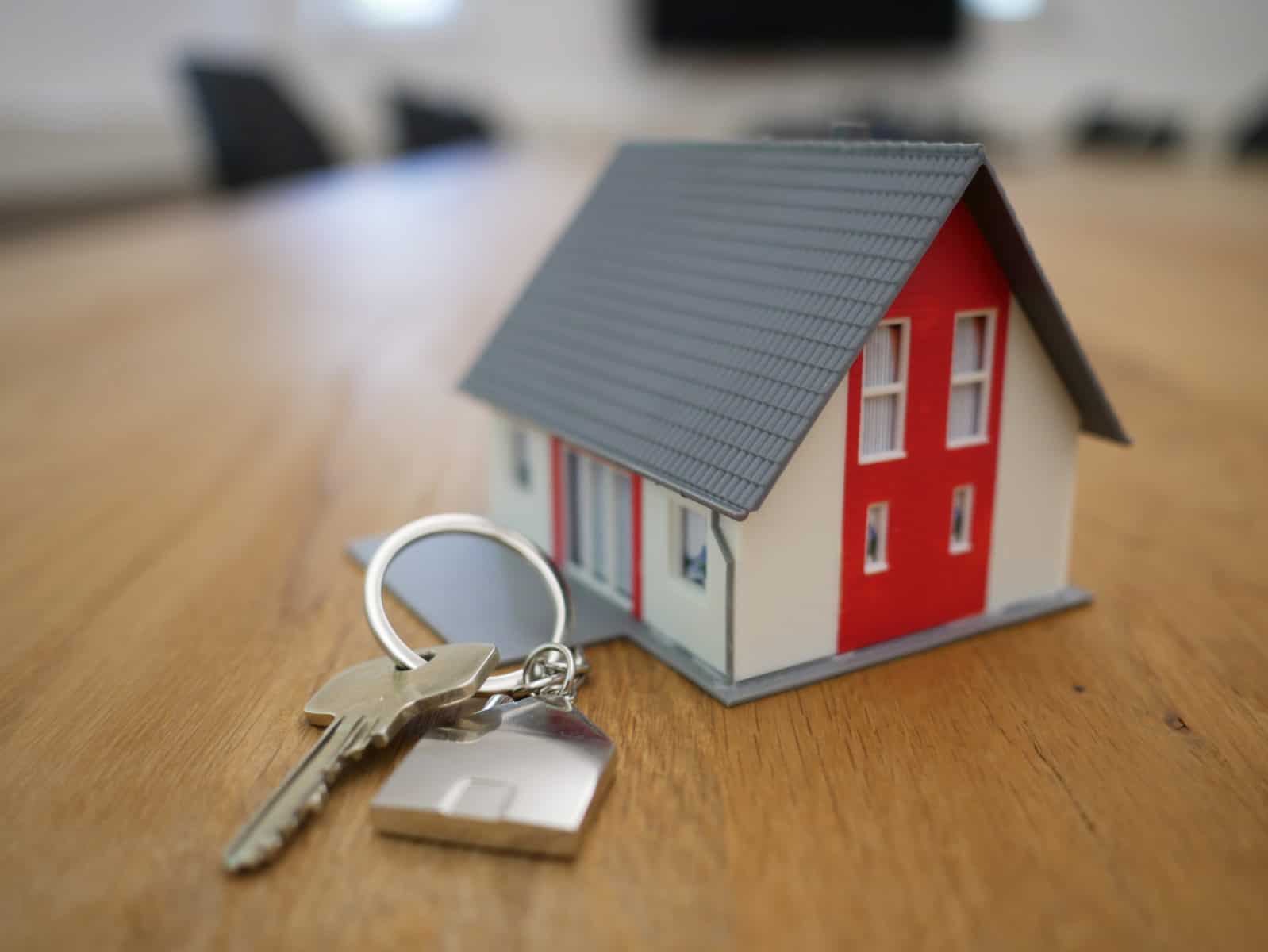Buying a home is one of the most significant investments many people will make in their lifetime. While it can be an exciting experience, it is also one that comes with many responsibilities and potential risks. One of the most important steps in the home buying process is the home inspection. A home inspection provides buyers with critical information about the condition of a property, helping them make informed decisions and avoid costly surprises. Understanding the purpose of a home inspection and what to expect during the process can make the experience less stressful and more empowering.
Why a Home Inspection Matters
A home is a complex system made up of various interconnected components. From the roof and foundation to plumbing, electrical systems, and HVAC units, every part plays a role in the overall safety and functionality of the property. A home inspection is a thorough evaluation conducted by a licensed professional to assess the condition of these systems and identify any potential problems.
The primary goal of a home inspection is to protect the buyer. It provides a clear picture of the property’s condition before closing, helping buyers avoid purchasing a home with hidden issues. Even in newer homes, problems can exist, whether due to construction defects, environmental factors, or normal wear and tear. For older homes, inspections are particularly valuable because they can uncover issues that may require immediate attention or significant investment.
Beyond identifying problems, a home inspection can also offer reassurance. Knowing that a property has been carefully evaluated helps buyers move forward with confidence. It can also provide leverage during negotiations. If the inspection reveals areas that need repair, buyers can request the seller to make improvements or adjust the sale price accordingly.
What a Home Inspector Evaluates
A home inspection covers a wide range of systems and components. Licensed inspectors follow a standardized process, often guided by state regulations and professional standards, to ensure a comprehensive evaluation. Some of the key areas typically assessed include:
Structural Components
The foundation, walls, and framing are crucial to a home’s stability. Inspectors look for signs of settlement, cracks, or other structural concerns that may indicate underlying issues. This includes checking for uneven floors, bowing walls, or water damage that could compromise the integrity of the building.
Roofing and Exterior
The roof is one of the most critical components of a home. Inspectors examine shingles or other roofing materials, gutters, and drainage systems to identify potential leaks or damage. Exterior elements such as siding, windows, and doors are also checked for proper installation, damage, and signs of water infiltration.
Plumbing Systems
Inspecting plumbing ensures that water flows properly, pipes are in good condition, and fixtures operate as intended. Inspectors check for leaks, corrosion, proper drainage, and water pressure. They also assess water heaters, sump pumps, and any appliances connected to the plumbing system.
Electrical Systems
Electrical safety is paramount. Inspectors examine the wiring, electrical panels, circuit breakers, outlets, and lighting systems to ensure they meet safety standards and are functioning correctly. Faulty wiring or outdated electrical components can pose serious fire hazards.
Heating, Ventilation, and Air Conditioning
Inspectors evaluate HVAC systems for proper operation, efficiency, and maintenance needs. This includes checking thermostats, ductwork, filters, and any auxiliary components. Properly functioning heating and cooling systems contribute to comfort, energy efficiency, and overall home value.
Interior Elements
Inside the home, inspectors assess walls, ceilings, floors, doors, and windows for damage or improper installation. They check kitchens and bathrooms for plumbing functionality, appliance operation, and signs of water damage. Additionally, inspectors often examine insulation, ventilation, and signs of pests.
Safety Features
A thorough inspection includes evaluating safety systems such as smoke detectors, carbon monoxide detectors, fire extinguishers, and handrails. Ensuring these features are functional is vital for protecting occupants and meeting local safety requirements.
What to Expect During the Inspection
A typical home inspection lasts a few hours, depending on the size and complexity of the property. It is common for buyers to attend the inspection so they can see firsthand what the inspector identifies and ask questions.
Inspectors follow a systematic process, documenting their observations with notes and photographs. The result is a detailed inspection report that outlines the condition of the home, highlights any defects or potential issues, and may include recommendations for further evaluation or repair.
It is important for buyers to understand that a home inspection is not the same as an appraisal or a code compliance check. Inspectors evaluate the current condition of the home but do not determine its market value or whether it meets building codes.
Common Issues Found During Home Inspections
Some issues are more common than others and are important for buyers to be aware of. Roofing problems, plumbing leaks, electrical concerns, foundation cracks, and HVAC maintenance needs frequently appear in inspection reports. Buyers may also encounter cosmetic issues, such as worn flooring or paint, which are generally less critical but worth noting.
In some cases, inspectors may identify more serious problems, such as mold, termite damage, or structural instability. These findings can significantly impact a buyer’s decision and provide a strong basis for negotiating repairs or reconsidering the purchase.
How to Use the Inspection Report
The inspection report is a valuable tool for buyers and their agents. Once received, buyers should review the findings carefully and discuss them with their real estate professional. The report can guide negotiations with the seller, either to request repairs, obtain credits, or adjust the purchase price.
It is also helpful to prioritize issues based on severity. Safety concerns and major structural defects should take precedence over cosmetic or minor problems. Understanding which items require immediate attention versus those that can be addressed later helps buyers plan for future maintenance and budgeting.
Tips for a Successful Home Inspection
Preparation and engagement are key to a successful home inspection. Buyers should:
-
Attend the inspection to observe and ask questions.
-
Review the report thoroughly and seek clarification on any findings.
-
Consider hiring specialized inspectors if concerns arise about pests, mold, or structural integrity.
-
Communicate clearly with their real estate agent regarding negotiation strategies based on the report.
Being proactive and informed allows buyers to use the inspection process as a strategic advantage rather than a source of stress.
Final Thoughts
A home inspection is a vital part of the home buying journey. It provides a comprehensive look at a property’s condition, helps buyers make informed decisions, and protects their investment. By understanding what to expect, attending the inspection, and using the report effectively, buyers can approach the purchase with confidence and peace of mind.
Whether you are purchasing your first home or adding to your investment portfolio, a home inspection ensures that you know exactly what you are buying and empowers you to take the necessary steps to protect your investment. It is an indispensable tool for responsible homeownership and sets the stage for a smooth transition into your new home.





